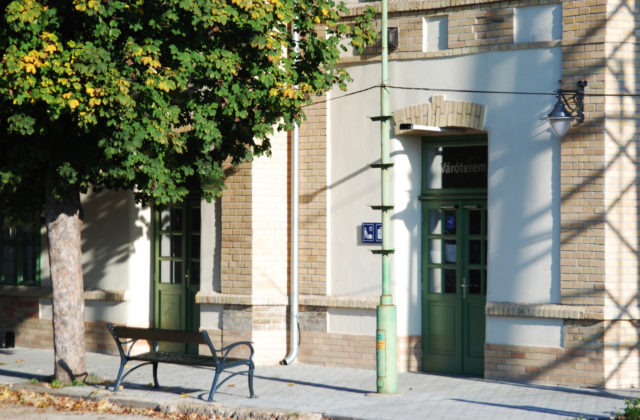Location | Maglód, Mende, Sülysáp, Tápiószecső, Nagykáta, Farmos, Tápiószele, Tápiógyörgye, Újszász
Planning | 2010-2011
Implementation | 2011-2012
Lead architect: Hajnal Zsolt
Architects: Hajnal Ödön, Kállay Gábor, Kendelényi Péter, Lengyel Ágnes, Szalántzy Kolos, Szüle Péter
Client: MÁV Ingatlankezelő Kft.
One of the busiest suburban lines in the country, the 120A railway line, was opened to travelers in 1882.
The oldest generation of station buildings on the line are the II. class MÁV standard buildings which date back to the creation of the railway line. Their image is known nationally, and their condition has generally deteriorated everywhere. Although the buildings have retained their original characteristics in most cases, over time they have been supplemented with or deprived of various mismatched elements.
As it turns out, the oldest buildings, in addition to their architectural value, represent a serious emotional significance for local residents who are very attached to their stations. The remaining old railway stations have belonged to the images of the towns for almost a century and a half, and in the eyes of the residents they are an integral part of the past and present of the towns.
It was important for our office and for MÁV Zrt. to faithfully renew such pleasant memories, so we restored the buildings in Maglód, Mende, Sülysáp, Tápiószecső, Nagykáta, Farmos, Tápiószele, Tápiógyörgye and Újszász based on original patterns, blueprints and photographs. The restoration was done with a highlight of fine details and a more restrained color scheme that alludes to the original pleasant pastel effect. Naturally, the interiors of the carefully renovated buildings had to be modernized: energy-saving lighting, more modern ticketing systems, vandalism-proof and water-saving toilets, and floor heating in several places were all added – the latter usually missing from the station reconstructions of other lines, even in the case of larger railway stations.












